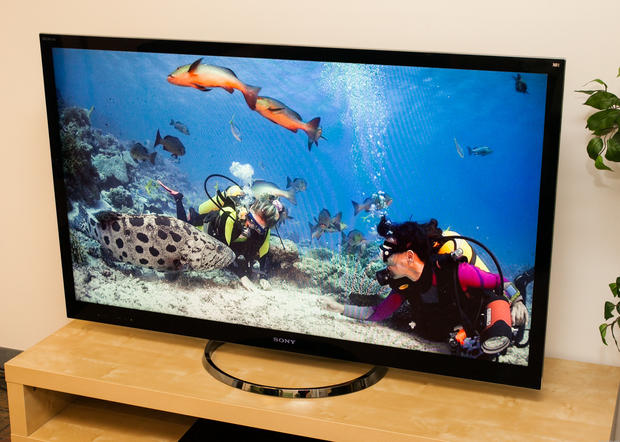Have you always wanted your state-of-the-art television to display images that stun you with their lifelike colours? Have you always thought that you should be able to display High Dynamic Range (HDR) content on your television? You can do all of this and more with the new HDMI 2.0a spec, which provides an enhanced picture quality by simultaneously enabling greater detail for both the dark and bright parts of an image.
This spec governs the transmission of new HDR content between HDR-compatible source devices and TVs.
What exactly does this new spec mean for you?
HDMI 2.0a is only relevant for new, high-end 2015 TVs that can accept and display HDR content. Currently, most of the 4K TVs and non-4K TVs announced in 2015 don’t support HDR.
Certain manufacturers, such as Samsung, Vizio, Panasonic, and Sony plan to introduce HDMI 2.0a-compatible television sets in 2015, which will support HDR content.

This spec does not regulate streaming connections directly from the Internet to your TV. This includes HDR from Amazon or Netflix that will be coming later in 2015. It will only regulate streaming connections from HDMI sources. This is because streaming connections skip HDMI directly, allowing for direct communication between the Internet and the TV’s decoder. The latter utilises HEVC (High Efficiency Video Coding) or VP9 compression for 4K video.
The change essentially involves specifications on how to transmit HDR metadata. This is information layered on top of the video image that tells the HDR-compatible display how to take advantage of the greater colour and contrast range in the underlying video image.
In the future, a 4K Blu-ray player can take a shadowy image on your television and “tell” the display exactly how to render this image in all its HDR-enhanced glory!
So, now you know what the new HDMI 2.0a spec means for you. All of these changes have to do with the chips inside your TV and source devices like Blu-ray players, not your cables. Cables support different data including 4K video, high-definition video, standard-definition video and even HDR. So, you need not change your cables for this new spec.
Here’s to an increasingly vibrant and life-like TV viewing experience!
For information on how to design your home entertainment system, contact Actis at 022-30808080 or at contact@actis.co.in.
(Content courtesy: www.cnet.com and Images courtesy: www.digitaltrends.com and www.cnet.com)
